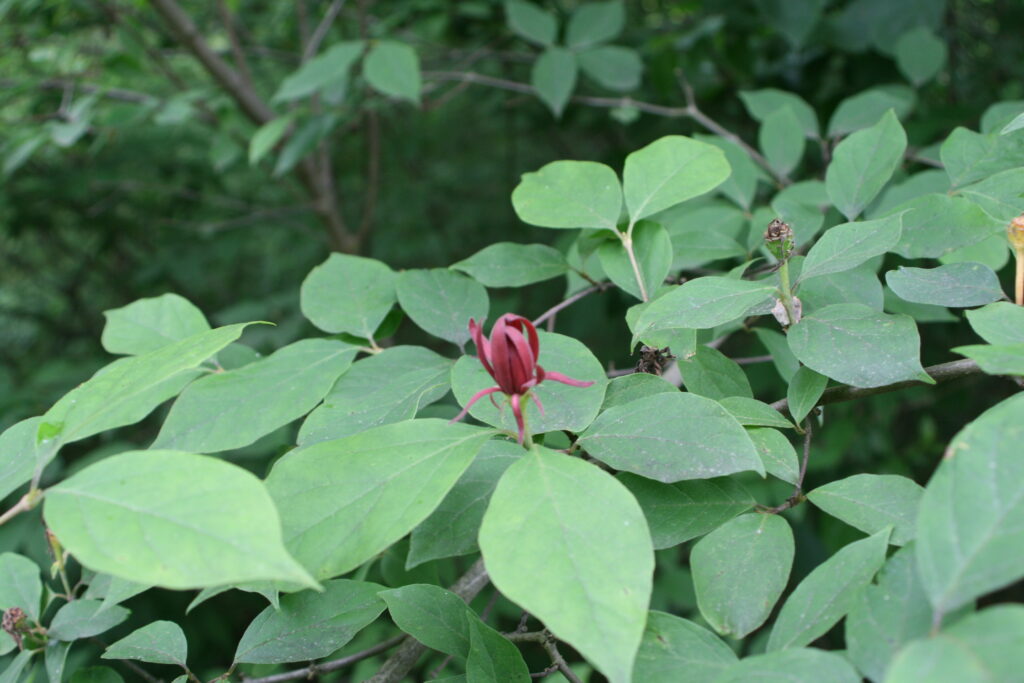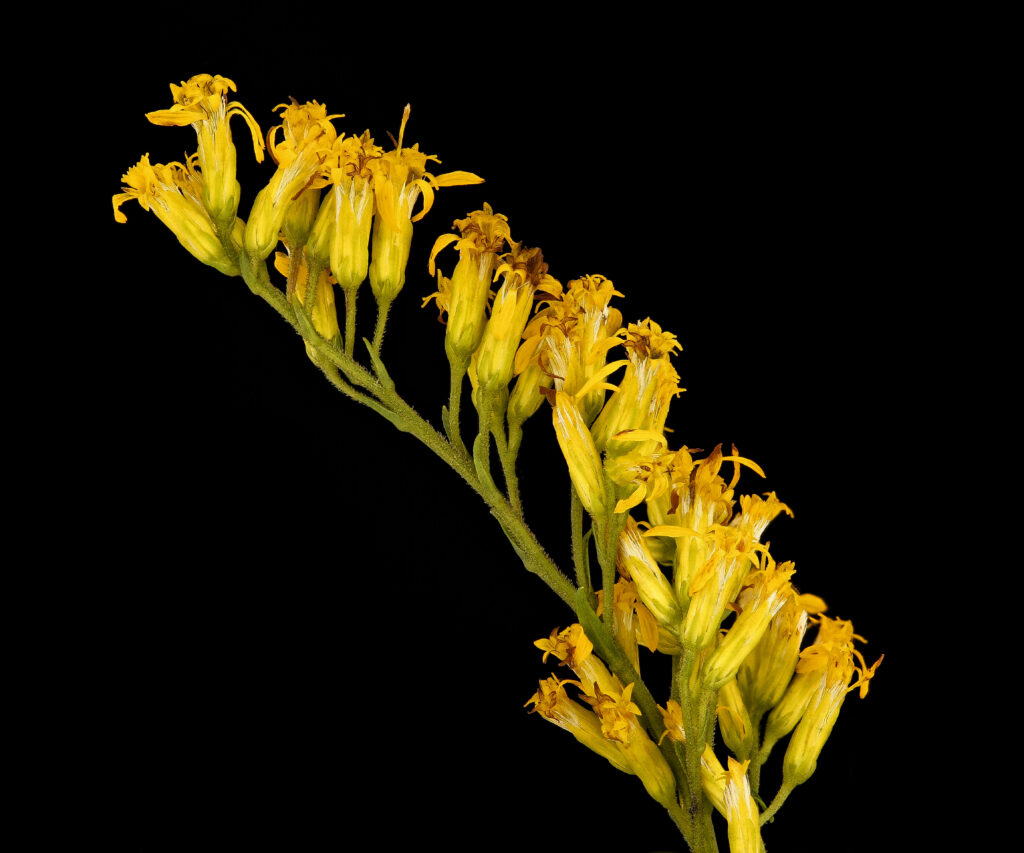At Carroll Community College
Looking for a gift for the gardener in your life? Or, want to treat yourself? Enroll in “The Importance of Being Native: How to Design a Native Garden,” a one-night, three-hour course at Carroll Community College.
The class will be held Thurs., March 28, from 6:30 to 9:30 in Carroll Community College’s P-1st Financial Credit Union Life Fitness Center.

First, we will discuss what your gardens are like and what you hope to achieve in the class.
Continue reading A Gift for Gardeners Awaits

